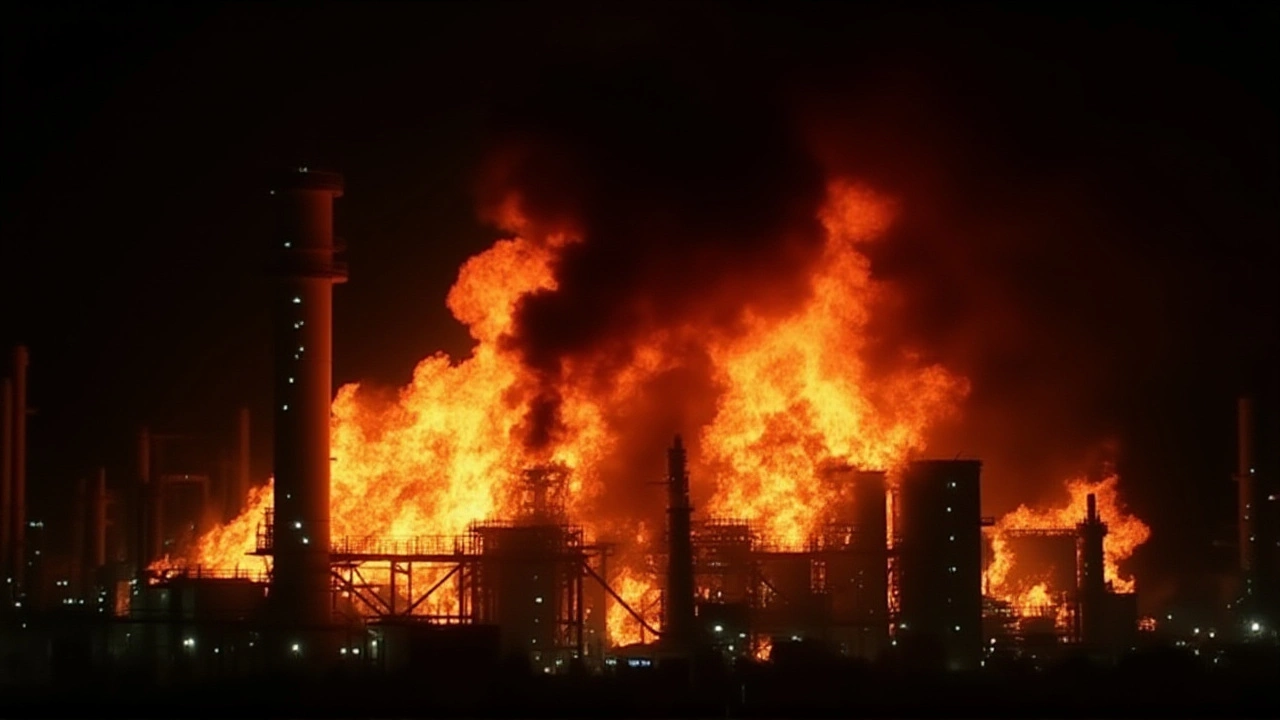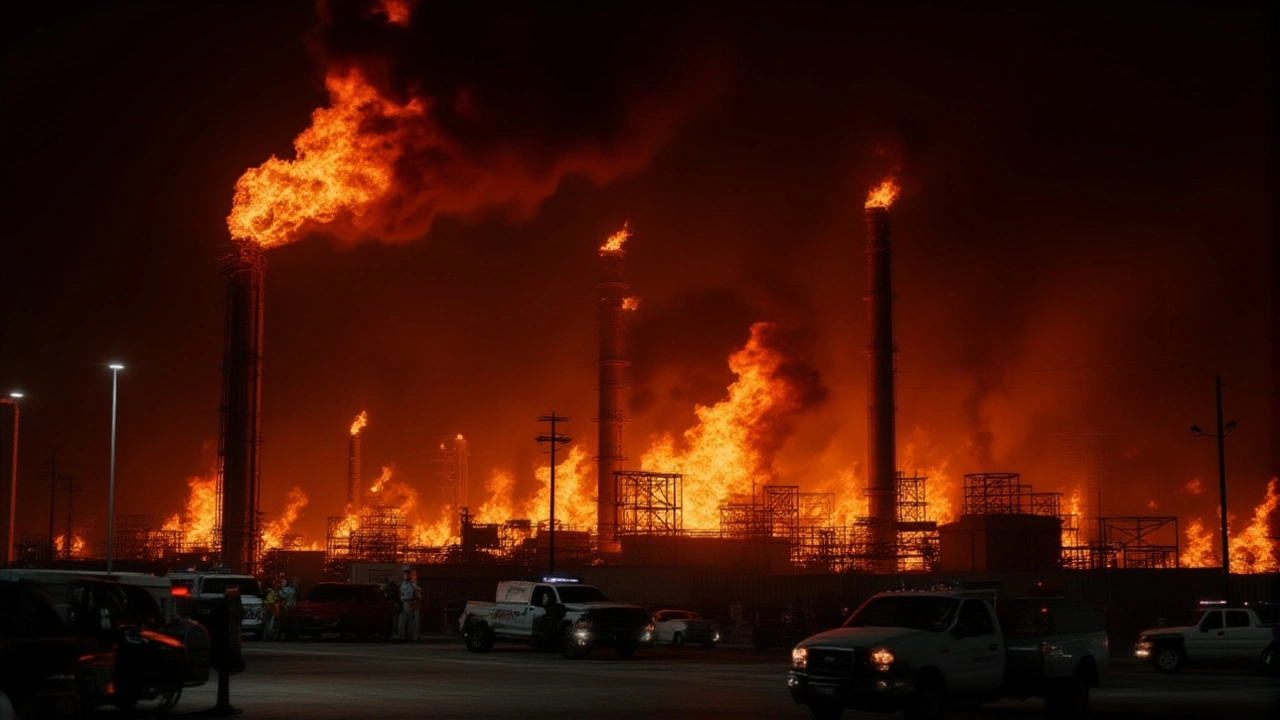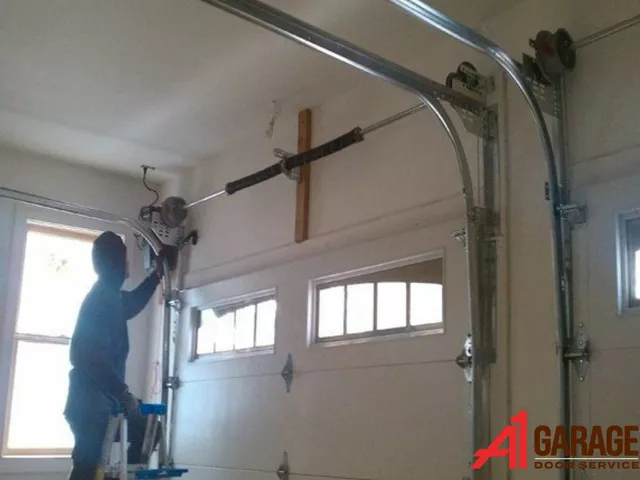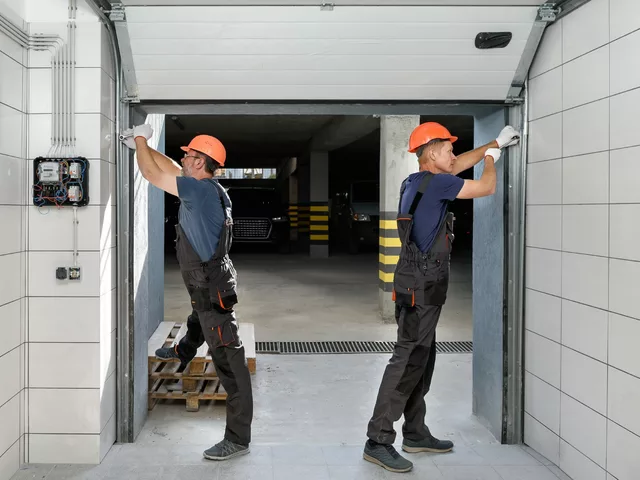When Chevron suffered a massive fire and explosion at its El Segundo refinery on Oct 2, 2025, analysts warned that the Las Vegas Valley could see gasoline prices jump anywhere from 35 to 95 cents per gallon. The blaze, which lit up the night sky and was visible from the campus of Pepperdine University 20 miles away, forced the El Segundo Fire Department into an all‑night suppression effort and left fuel supplies hanging in the balance.
What Happened at the El Segundo Site?
The incident kicked off at 9:32 p.m. on Thursday, Oct 2, when workers reported a sudden explosion followed by towering flames. Eyewitnesses said the fire roared through the crude‑processing units, sending plumes of smoke that could be seen from the windows of nearby homes and from Malibu beaches. By the early hours of Friday, firefighters had doused the main blaze, but hot spots continued to smolder, prompting crews to keep water streams active well into the morning.
Local air‑quality monitors picked up a brief spike in volatile organic compounds around 11:00 p.m., the peak of the fire’s intensity. While the readings stayed within health‑safe limits, the incident reminded residents of the thin line between industrial safety and community health.
Why Las Vegas Is Feeling the Heat
The Las Vegas Valley relies heavily on Southern California refineries for its gasoline supply. In fact, about 70 % of the fuel sold at Nevada pumps originates from plants in Los Angeles County, with Chevron’s El Segundo complex feeding several major brands—including Chevron, Texaco and Caltex. When that pipeline is disrupted, the ripple effect is immediate.
Matt McClain, a petroleum analyst with GasBuddy, told the Las Vegas Review‑Journal that his model, built on past refinery shutdowns, predicts a price swing of 35‑95 cents per gallon. “They’re literally still spraying water on spots where smoke is still boiling,” McClain said. “The fire department has not released the scene back to the owners of the refinery. No one truly knows yet the extent of any damage, how extensive it may be, exactly how long it’s going to take to repair.”
The breadth of the estimate reflects two scenarios: a swift, “minimal‑damage” repair that could see prices inch up by a few tenths of a cent, versus a prolonged shutdown that might stretch into months, driving the upper‑end spike. Historically, a 48‑hour outage at a West Coast refinery has nudged regional pump prices up by roughly $0.30, while a week‑long halt can push them close to $0.80.
Reactions on the Ground
Residents of Summerlin and Henderson reported lining up at local stations as soon as the first whisper of a price hike reached social media. “I’m already budgeting for a $5‑to‑$6 fill‑up a week,” said Laura Martinez, a Las Vegas school teacher. “If it jumps another 50 cents, that’s an extra $30 a month for my family.”
Meanwhile, Chip Yost, a reporter for KTLA, noted that the fire had been fully extinguished by Oct 3, but investigators were still combing through footage and equipment logs to pin down the cause. “We’re waiting on official statements from Chevron’s safety team,” Yost said on air, “and on the fire department’s final report, which could shape how quickly the refinery gets back online.”
What This Means for the Broader Fuel Market
The incident underscores a longstanding vulnerability: a handful of coastal refineries dictate fuel prices for inland markets spanning several states. When a single plant goes dark, the price elasticity of demand in places like Nevada, Arizona and even parts of Utah can shift dramatically.
Energy analysts point to the 2023 Texas refinery outage that caused a temporary $0.70 per‑gallon surge in Oklahoma, illustrating how regional dependencies can amplify local shocks. In the case of Las Vegas, the city’s growth—averaging 2.5 % population increase per year—means demand for gasoline is only climbing, tightening the supply‑demand equation even further.
What to Watch Next
- Repair timeline: Chevron’s official repair schedule, expected within days or weeks, will be the primary driver of price movements.
- Regulatory response: The California Air Resources Board may issue temporary emissions waivers, affecting how quickly the plant can resume full operations.
- Consumer behavior: If prices hit the upper estimate, drivers may shift to car‑pooling, public transit, or even electric vehicles—trends that could reshape the market long term.
For now, drivers in the Las Vegas Valley should keep an eye on local pump signs and be prepared for a possible short‑term squeeze. As McClain cautioned, “We’re saying that simply because if Chevron says, ‘Damage is minimal and we only expect to be down for a handful of days’ then we’ll probably see the lower end. But if it could take months to repair, then that’s a different story.”

Frequently Asked Questions
How will the refinery fire affect gasoline prices for everyday drivers?
Analysts expect a price increase of 35‑95 cents per gallon, depending on how quickly Chevron can repair the plant. A quick fix could keep the rise near the lower end, while a prolonged shutdown would push prices toward the higher estimate.
Why does a fire in California impact fuel costs in Nevada?
About 70 % of the Las Vegas Valley’s gasoline comes from Southern California refineries, including Chevron’s El Segundo plant. When that supply line is disrupted, Nevada stations must rely on more distant, often pricier, sources.
What is the cause of the El Segundo refinery fire?
Investigators are still piecing together the event. Early reports point to a possible equipment malfunction, but the official cause will be confirmed once the fire department and Chevron’s safety team complete their analysis.
Could this incident accelerate the shift to electric vehicles in Nevada?
Higher gasoline prices often spur interest in alternatives. If the price spike persists toward the upper end of the forecast, consumer surveys suggest a modest uptick in EV consideration, especially among commuters on the Strip and in the suburbs.
When is Chevron expected to resume full operations?
Chevron has not released a definitive timeline yet. Industry insiders estimate a minimum of a few days for limited output, with full capacity possibly taking several weeks to months, depending on damage assessments.





